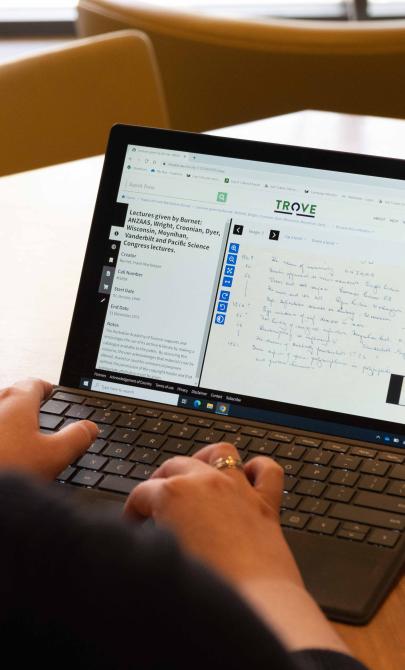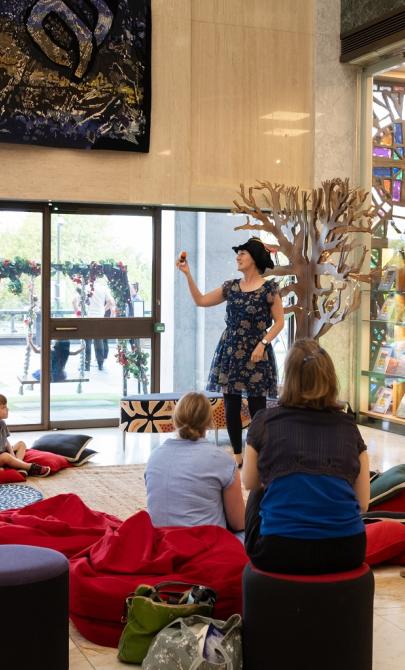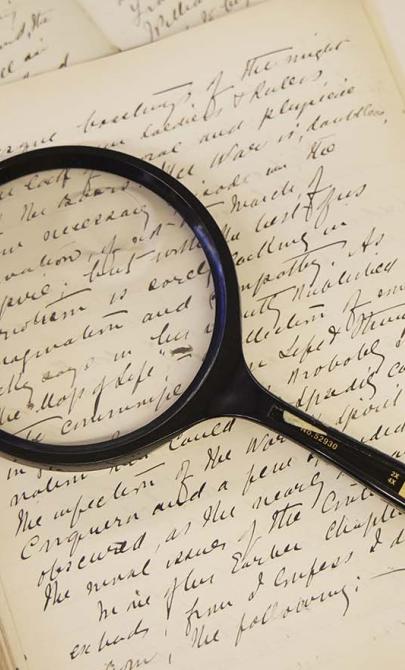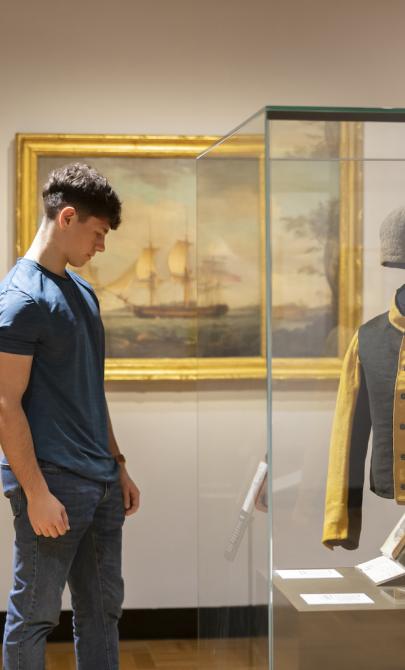Media and information literacy
About this module
Using an inquiry-based approach, this module helps students and educators develop critical information, media and digital literacy skills. It features examples from the Library’s collections and offers practical frameworks and flexible learning opportunities to explore the importance of these literacies in contemporary contexts.
Copyright for teachers
You can download all collection materials in this resource for education purposes. For more information, go to copyright for teachers.
Michelle Ciulla Lipkin media literacy advocate
Michelle Ciulla Lipkin is the Executive Director of the National Association for Media Literacy Education (NAMLE) in the United States. Under her leadership, NAMLE has become the leading organisation for media literacy education in the country. Her passion for this work is deeply personal.
Read more about her story: Her family tragedy was breaking news. Now she makes students into better media consumers.
In 2017, the Library, in partnership with the United States Embassy, hosted an event featuring Michelle Ciulla Lipkin and U.S. Embassy Chargé d’Affaires Gavin Sundwall. They spoke about the importance of media and information literacy, and how to recognise and evaluate bias in media.
Snippets from this event appear throughout the module and provide further insight into these topics.
Topics in this module
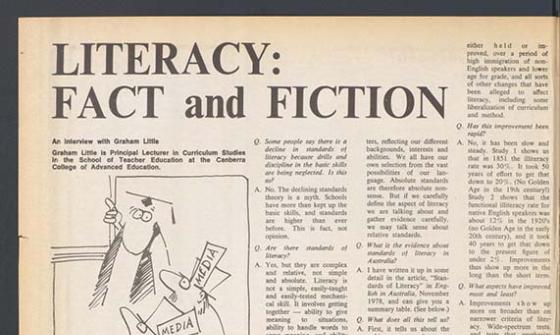
N.S.W. Teachers' Federation & New South Wales Public School Teachers' Federation. (1919). LITERACY: FACT and FICTION, Education : journal of the N.S.W. Public School Teachers Federation, nla.gov.au/nla.obj-710682297
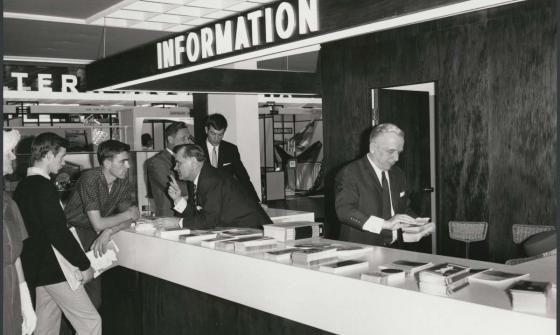
Wolfgang Sievers, Information desk at German stand, Exhibition Building, Melbourne, Victoria 1966, nla.gov.au/nla.obj-161478886
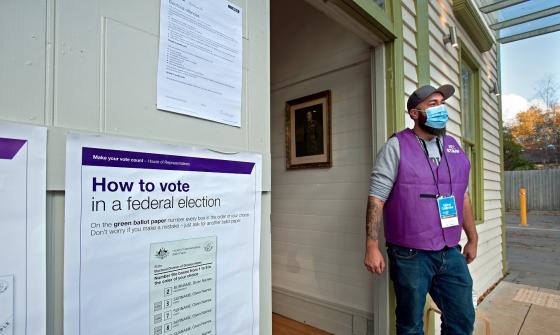
Sandy Scheltema, Australian Electoral Commission officer standing next to a 'How to Vote in a Federal Election' poster outside the polling place in Glenlyon Hall, during the Australian federal election, Glenlyon, Victoria, 21 May 2022, nla.gov.au/nla.obj-3108998796
Interpreting the collection

Wolfgang Sievers, Information desk at German stand, Exhibition Building, Melbourne, Victoria 1966, nla.gov.au/nla.obj-161478886
![A yellowed sheet of paper with the headline '[Co]nventional Lies of the Anti-Federal Party'. The 'C' and 'O' of the word 'conventional' is missing as the corner of the page has been torn off. The very small text is set out in four columns](https://www.library.gov.au/sites/default/files/styles/image_cards_dynamic/public/images/2024-11/collection-manuscript-lies-anti-federal-nla-obj-135107257.jpg?h=c6b67ce7&itok=QTeYabj2)
(1899). Conventional lies of the Anti-Federal Party, nla.gov.au/nla.obj-135107257
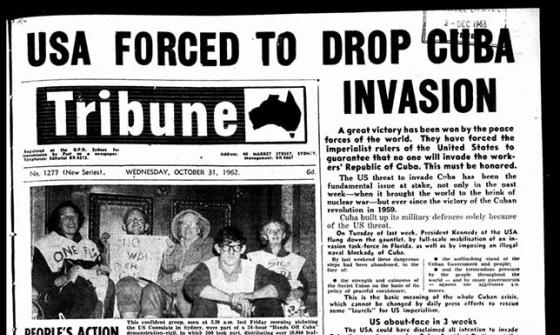
Tribune (Sydney, NSW: 1939–1991), 31 October 1962, p. 1, nla.gov.au/nla.news-page25610837
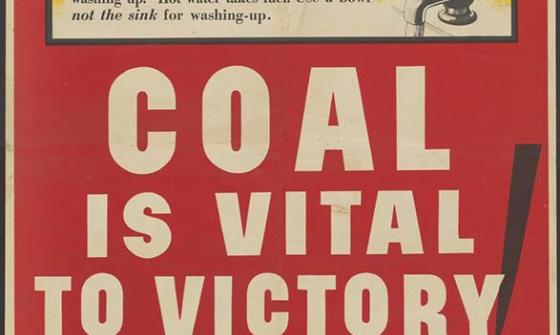
Commonwealth Coal Commission from New South Wales. Department of Health. & Commonwealth Salvage Commission (Australia). & Commonwealth Coal Commission (Australia), Coal is Vital to Victory!, from [Posters Relating to the Australian Civilian War Effort During World War 2]. nla.gov.au/nla.obj-2633341080
Curriculum links
This resource aligns with the Australian Curriculum Version 9 and is suitable for use across multiple learning areas, particularly Humanities and Social Sciences, English and Languages.
The module supports the development of general capabilities, with a strong focus on information, media and digital literacy. It draws on collection items from the National Library of Australia to help students apply these skills in meaningful and engaging ways.
The module also connects with other general capabilities, including Literacy, Critical and Creative Thinking, and Digital Literacy.
- Use criteria to make informed decisions and judgements and consider the influence of values and perspectives. (ACHASSI129)
- Interpret, analyse and evaluate sources to answer inquiry questions. (ACHASSI126)
- Access and analyse information from a range of sources and evaluate for relevance and reliability. (ACLILC009)
- Apply digital tools to locate, organise and analyse information.
- Use media texts to explore, interpret and present ideas clearly and ethically.
- Develop critical and creative responses to different perspectives and contexts.
For more information, visit the Australian Curriculum website.
